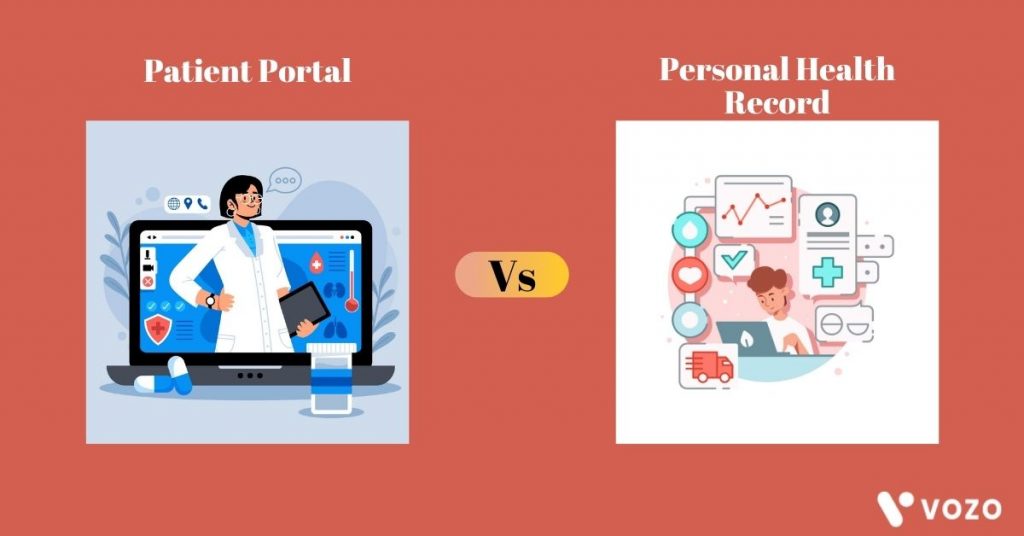WEEK 3 BLOG REFLECTION
WEEK3: Relationship among the personal health record (PHR), patient engagement, and patient safety and quality
What is PHR?
- PHR is a tool that you can use to collect, track, and share the past and current information about your health or health of someone in your care. It provides a snapshot of individual's health through objective data points for vital signs, nutrition, and physical activity allows real-time health monitoring.
What is the difference between Patient Portal vs Personal Health Record?
Personal health records are patient medical records maintained by them. The records contain information like the doctor’s name and their contact information, allergy lists, medication lists, patient’s history, vaccination records, chronic conditions if any, family histories, etc.
Patient portals are different from the PHRs as they are bounded to the clinician’s side of EHR. These portals like the PHR facilitate access to patient data like lab results, tests, and clinical notes as of spring 2021, by the patients. Patient portals are now being integrated with EHR and the overall software suite.
EMR vs. EHR vs. PHR

Past, Present, & Future of PHR
Benefits of PHR
- Improved patient engagement. Having information and tools to manage health and the ability to track health over time can help involve patients in their own care. Furthermore, much of what patients do for their health happens outside a doctor's office. PHRs can empower patients to document these events.
- Better access to patient information. When a patient seeks care from someone other than their usual provider, such as during emergencies or while traveling, PHRs can help ensure their health information is available to them whenever they need it.
- Improved management of information. PHRs can help patients track information from multiple providers and can help improve care coordination.
- Reduced administrative costs. PHRs can reduce the burden on healthcare organizations by making patient information more easily accessible to administrative staff, thereby reducing time spent searching for requested information and responding to questions.
- Better patient-provider communication. PHRs can improve communication between patients and healthcare providers by providing a direct, secure communication method.
- Ability to manage family healthcare. PHRs can help caregivers, including family members, better manage the patient's care and help coordinate with other caregivers.
Nice content. Be sure you include two links to sources relevant to the content... links should not be to articles or videos.
ReplyDelete